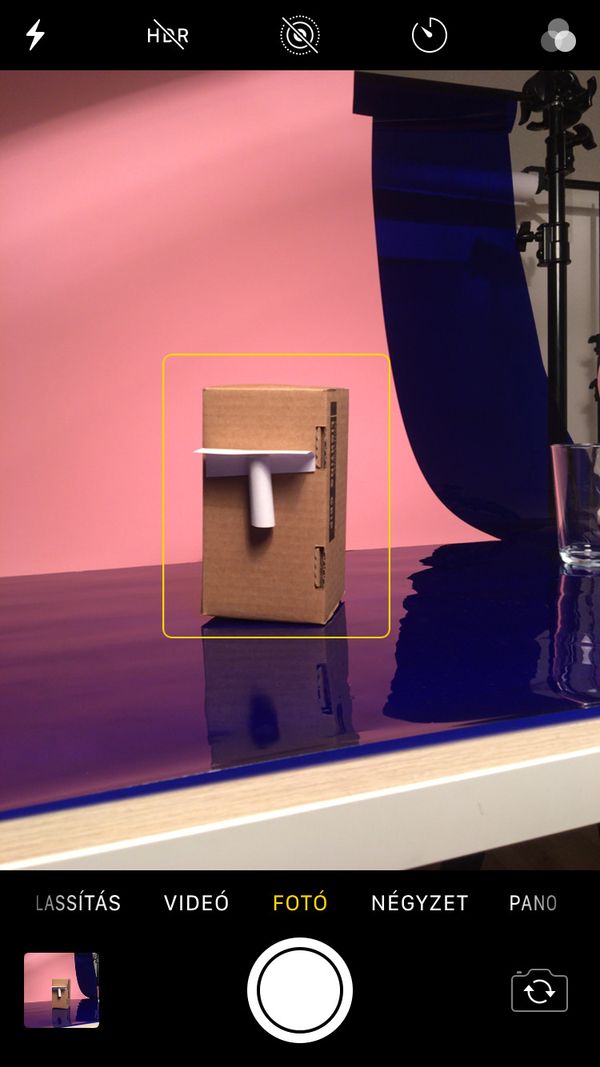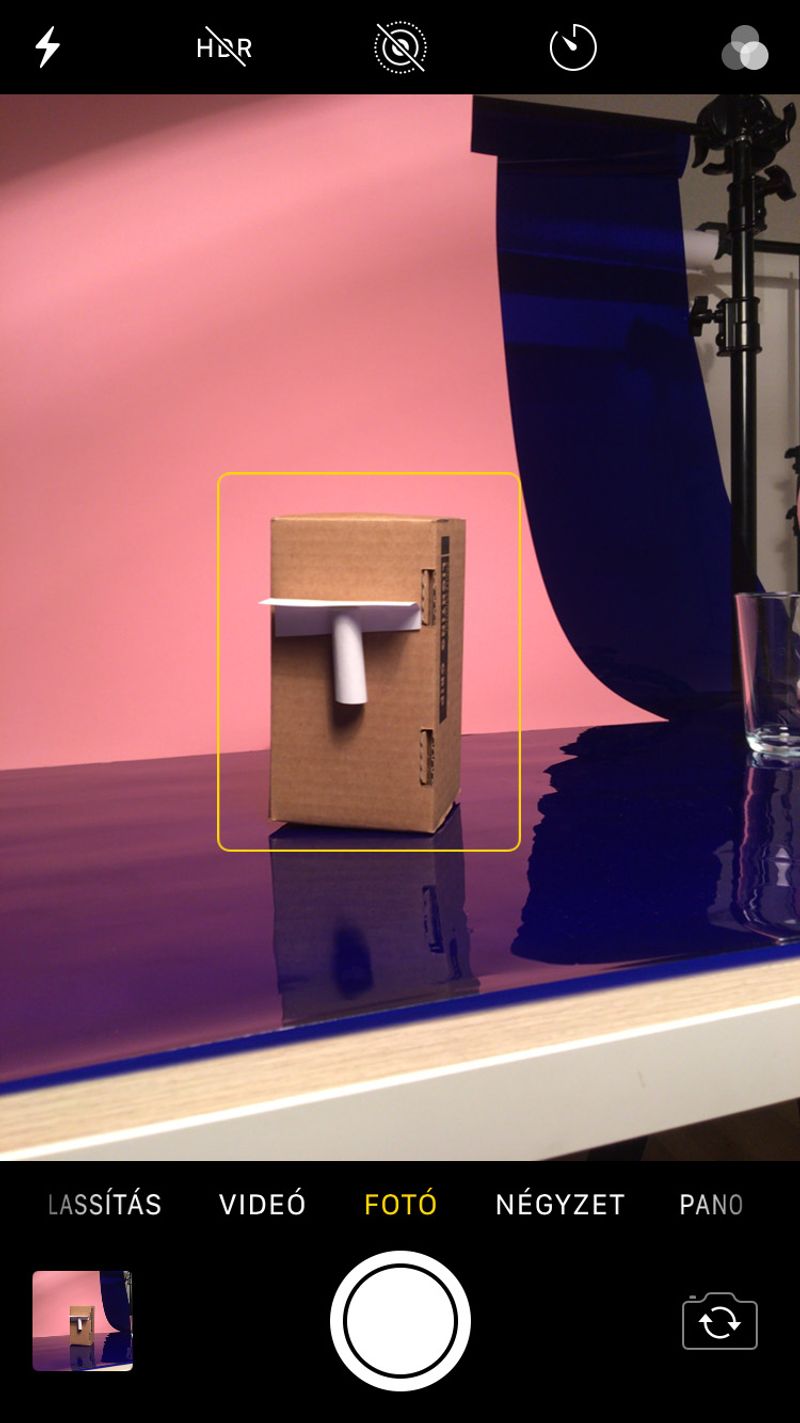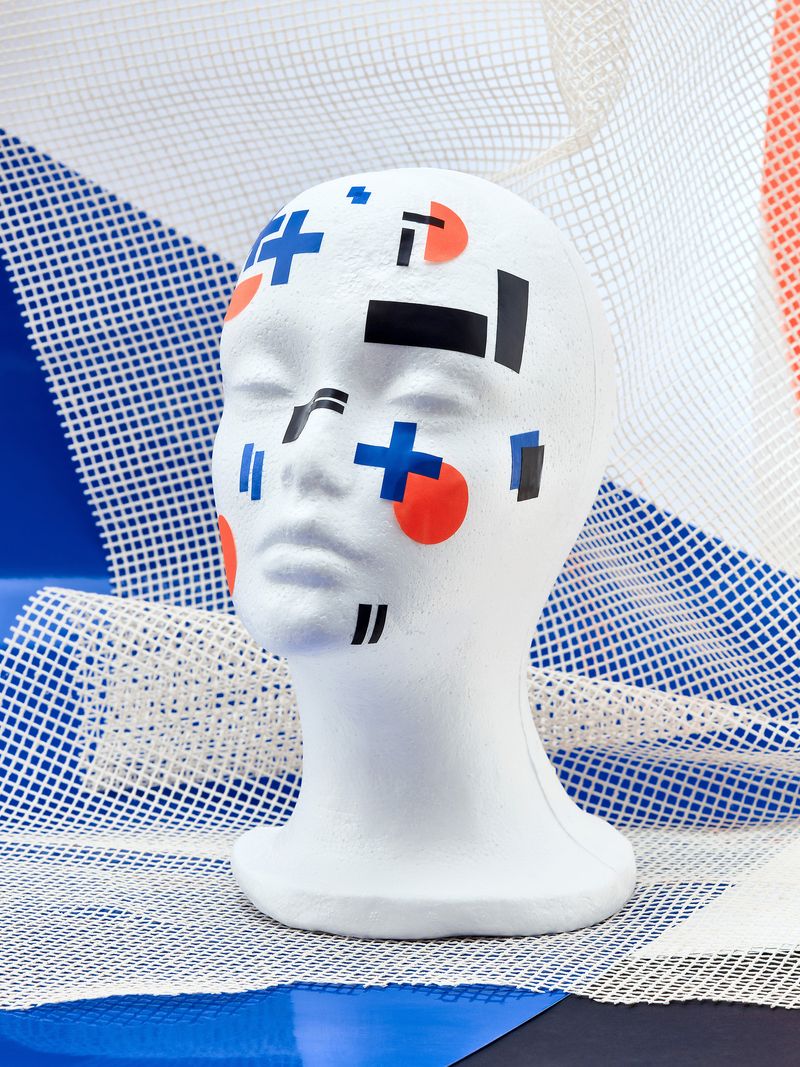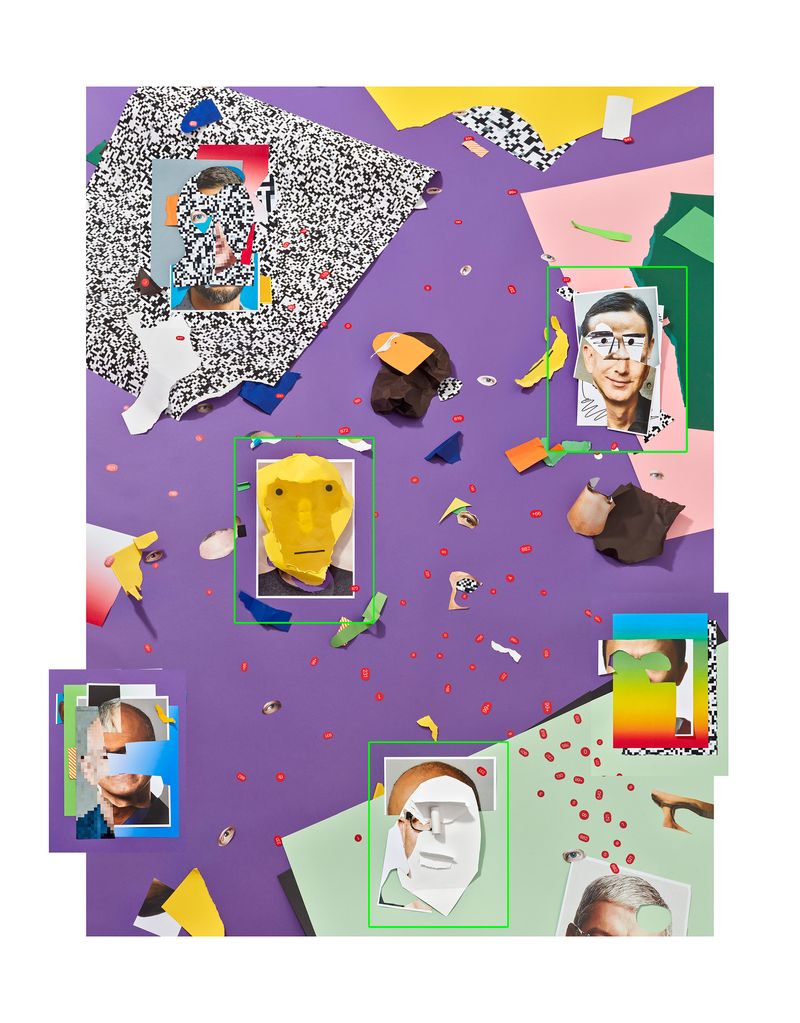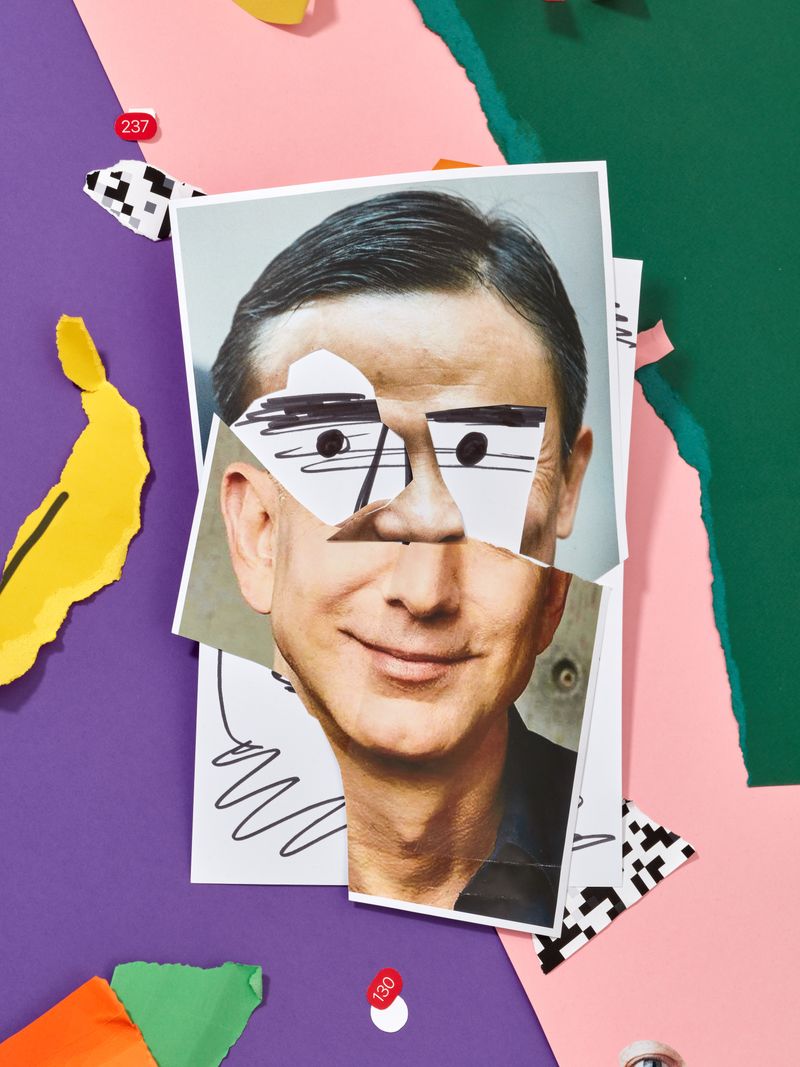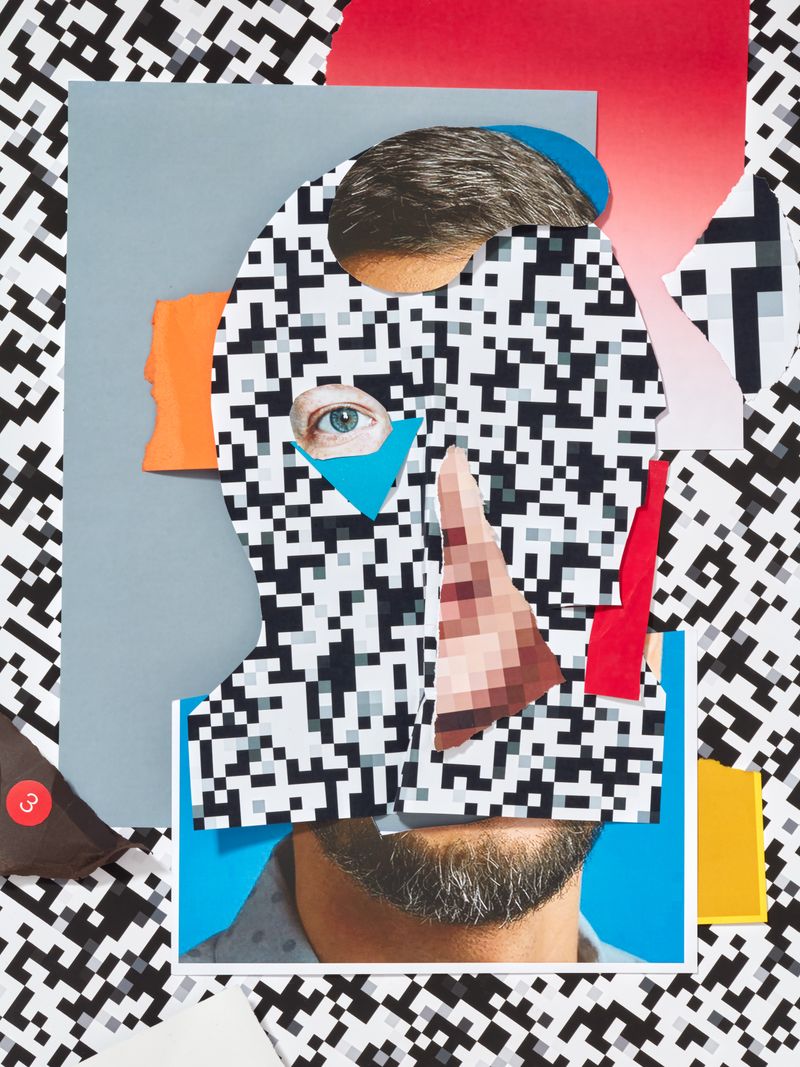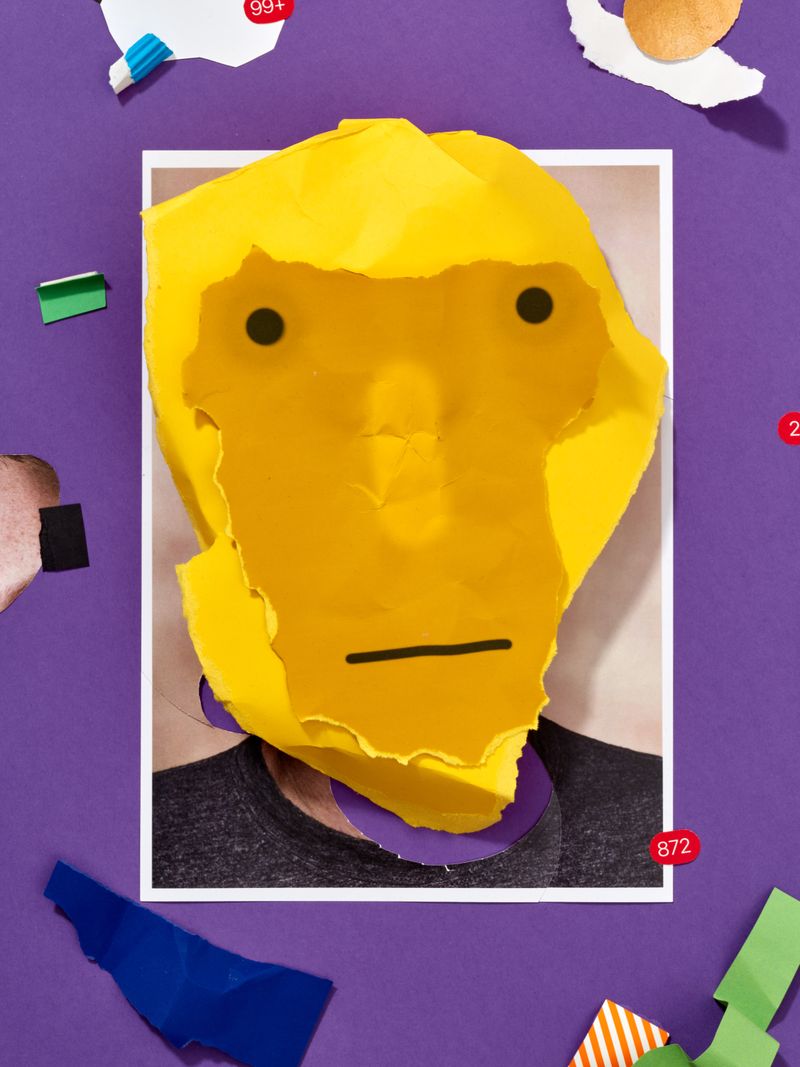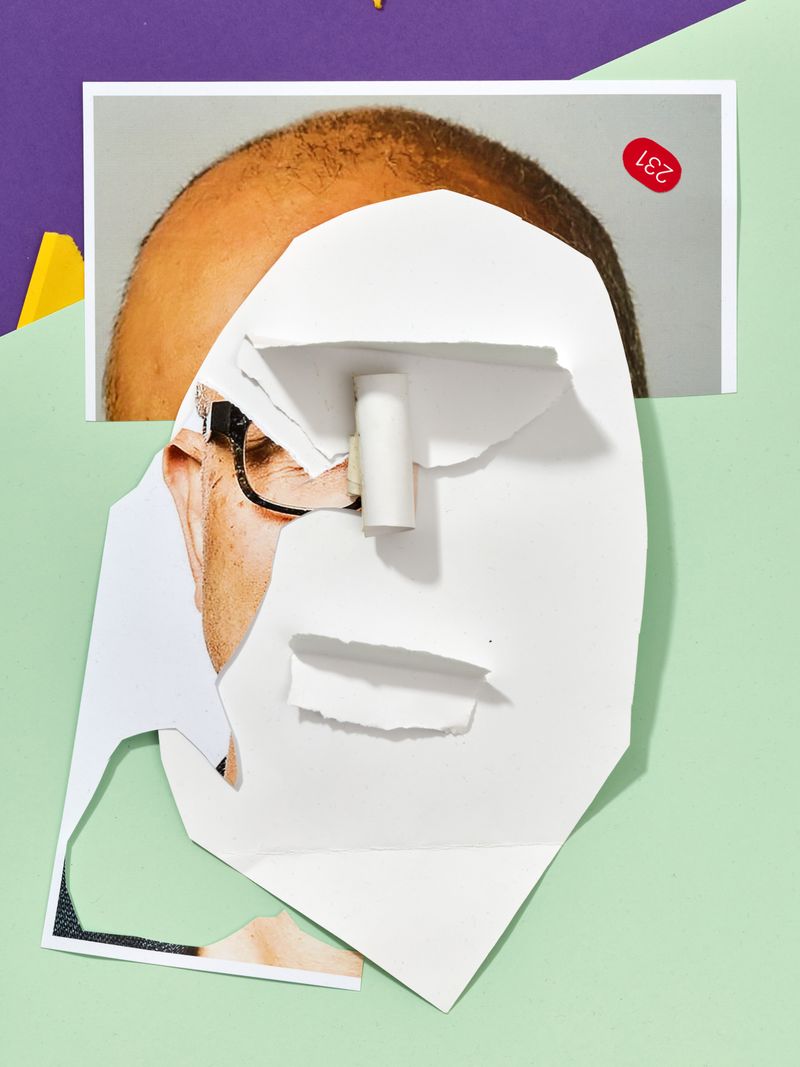Do You Accept Cookies?
-
Dates2020 - Ongoing
-
Author
- Location Budapest, Hungary
-
Recognition
-
Recognition
There are only a few things, which we can consider so exclusively our own as our faces. One of the most basic elements of our identity is our most intimate, yet most public part. We barely ever cover this surface of our body, not even in public space, and in some countries, it is considered to be a crime to cover one’s face in particular spaces. Therefore it seems like it is our duty, to always be identifiable when we enter somewhere. But how far this duty of identification extends, and where does the monitoring of people change into illegal and authoritarian surveillance?
In his work, Do you accept cookies? Dávid Biró carefully examines the mechanism of face-recognition systems. The series could hardly be more current, as the face is beginning to take on the role of fingerprint thanks to the latest technologies. More and more people are using phones that can be unlocked by face scanning, and cameras in the public space are increasingly using face detection for crime prevention and for law enforcement reasons.
Biró creates face-imitating installations, in order to experiment on what the human eye recognises as a face, and what appears to be a face according to the algorithm of mobile cameras as well. It is an interesting, instructive experience to examine these pictures through a camera of a mobile phone.
"Do you accept cookies?" is the result of experiments with mobile phone face recognition software. The creator built smaller installations and sculptures in order to test and experience the limits of the program's recognition and intelligence. What are the points, conditions, and properties on the basis of which the machine still recognizes an installation or a photo of it as a human face, and what are the points when it no longer recognizes it. The photos of this project present these compositions, with the painted green color of the frame alluding to the sight recognized by the software as a face.
Looking at Biró's pictures, it is difficult to discover a clear logic and draw conclusions from why the face recognizer chose it as a face. In many cases, it seems as if the shape, in other cases, the location of the shadows are face-like. The mannequin's head is surprising, not recognized simply because of the color patches and/or the combination of the background. The most surprising thing, of course, is that the program recognized anything from the visuals as a face, since these build and further develop familiar visuals from Biró's previous works. Exciting, vibrant, synthetic color scheme, spatial montages that are difficult to categorize, creating multiple illusions, it is difficult to decide whether they are photos, paintings or 3D designs. The recognizable and unrecognizable, torn, dismembered, and exploded forms are located in an abstract space, but rather float, because we have no clue as to the extent and depth of the space. Everything seems to vibrate, the elements seem to be constantly changing their position.
It is beyond doubt, that the time has come for us to start dealing with our personal data much more carefully. Although we can decide to delete our profile from social media platforms, and not to accept cookies on websites, we can not just simply log out from the face recognition system of public spaces. Dávid Biró attempts to detect the blind spots of the technology of face recognition and to elude the system using various hacks. Meanwhile, he takes the ethical issue of observation and being the one who is observed into the discussion, which is unquestionably one of the most important dilemmas of our time.
